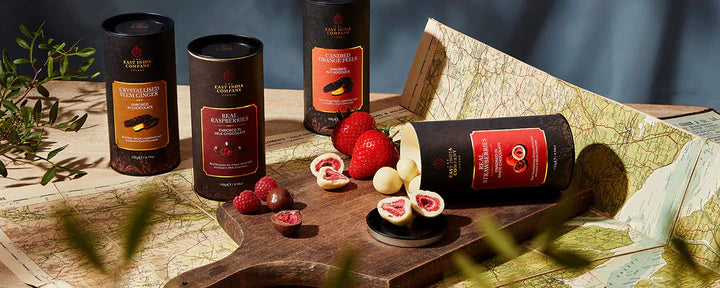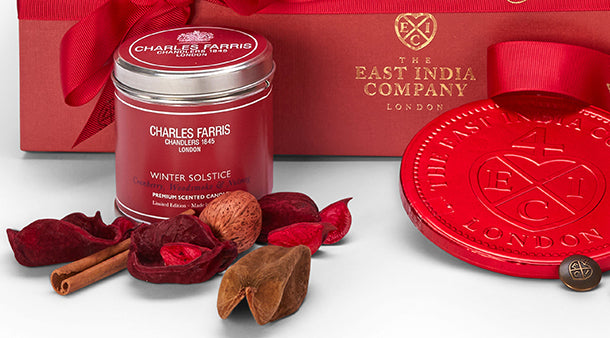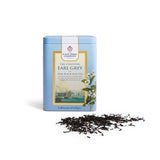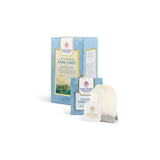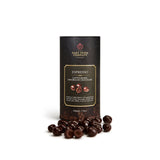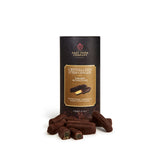Stories
What is Green Tea?
The leaf pickers deliver their leaves to the local factory for immediate processing. The core difference v Black Tea - the oxidation process that darkens the leaf is completely missing. The green leaf remains… green.
Step 1 - ‘Withering’: the whole leaves are spread out in warm air for up to a day to reduce the water content by about 10 to 20%. The leaves literally wilt and starts to lose some of its vibrant colour.
Step 2 - ‘Steaming/Pan Frying’: The critical ingredient to produce Green Tea. After withering, the wilted team is steamed or pan fried to destroy the enzymes that would otherwise be the catalyst for oxidation.
Step 4 - ‘Drying’: the process varies from producer to producer and is sometimes integral to the shaping process. But in a nutshell, the Green Tea is heated in pans or ovens to remove remaining water content and ensure it is dry and stable for packaging.
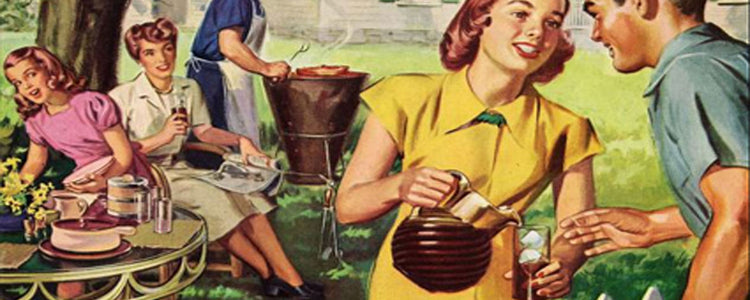
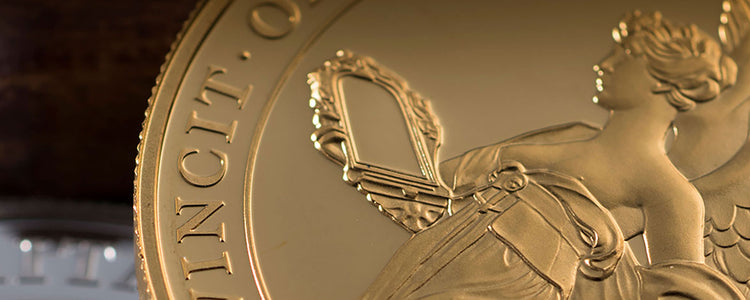
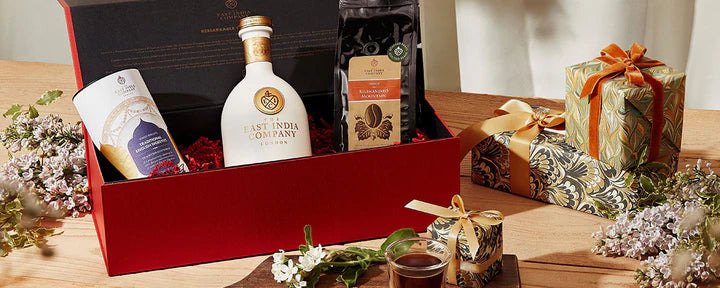
 Ceylon / Sri Lanka
Ceylon / Sri Lanka Assam, India
Assam, India Japan
Japan Taiwan
Taiwan Nepal
Nepal China
China Kenya
Kenya Egypt
Egypt South Africa
South Africa